Queen Margot
 05.4.2011
05.4.2011 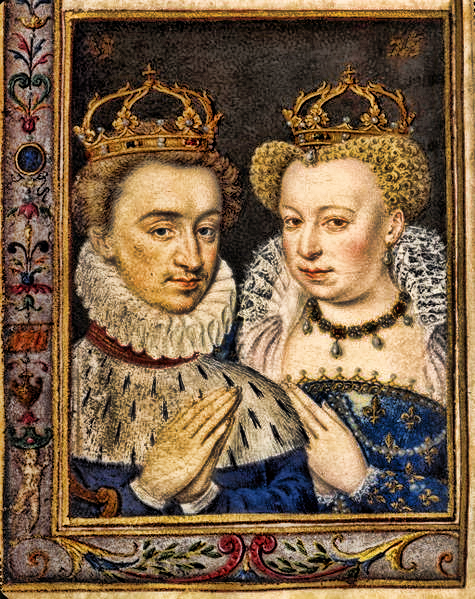 Henri IV and Margot de Valois, adapted from Wikipedia
Henri IV and Margot de Valois, adapted from Wikipedia
I spent the weekend editing the memoir/novel of a friend named Margo, then met her Tuesday night for dinner to discuss the book. It’s called Vagrant, and it will be published soon. It’s the lusty version of Eat, Pray, Love. Do not buy it—I repeat—do not buy it, if you are a puritan. But if you are drawn to Paris, Hawaii, the quest for love and the quest for God, loneliness, beauty, poetry, sex, this is the book for you.
The sun and moon are in Taurus and that made me think of the goddess Aphrodite and lusty women. I’ve heard comments about how decadent the royal wedding of William and Kate was last week, but perhaps these commentators don’t know about the Renaissance Queen Margot, a truly lusty woman. (Again, you puritans can stop reading right now.)
Marguerite de Valois was born May 14, 1553. At the age of 19, she had an affair with Henri de Lorraine, Duc de Guise and wanted to marry him. But her mother, Catherine of Medici, had other plans for Margot.
This was an era of violent wars between Catholics and Protestants, and Catherine thought her daughter’s marriage ought to serve some practical political purpose, such as uniting the two warring religious factions.

On August 18, 1572, Margot was married off to Henri de Navarre, a Protestant Huguenot in Notre Dame Cathedral. Because Henri was not Catholic, he was kept out of the cathedral for most of the ceremony. (And so was his mother, Jeanne, who had just died, probably from putting on a pair of poisoned gloves that Catherine of Medici had given her as a wedding gift.)
Henri and Margot were both passionate people, just not about each other. Soon after their wedding, they took other lovers. But Margot protected Henri from being murdered six days later when Catherine of Medici called on her Catholic supporters to massacre the Huguenots gathered in Paris from all over France for the wedding. This is now known as the St. Bartholomew’s Day Massacre. Mothers-in-law can be difficult.
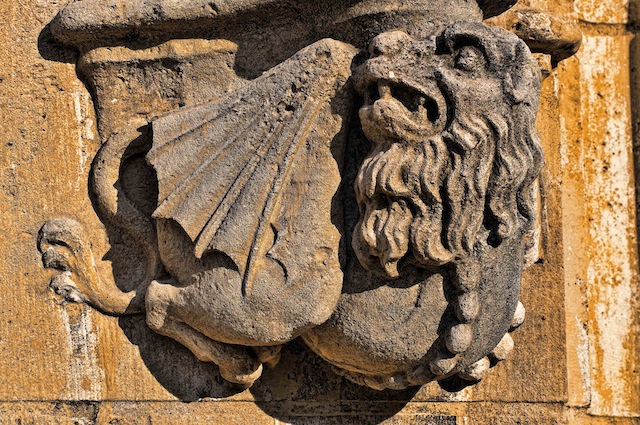
The two royals continued to protect and support each other, while enjoying busy love lives. But after some years, they grew apart, and Henri wanted to marry Marie de Medici. Queen Margot refused to divorce him, until the king gave her some money and allowed her to keep the title of Queen.
Reconciled to her former husband and his second wife, Marie de Medici, Queen Margaret became a patron of the arts and benefactress of the poor. She often helped plan events at court and nurtured the children of Henry IV and Marie. Rather like Bruce Willis and Demi Moore after their divorce.
Margot was known for her dazzling sense of style and fashion, and was a gifted poet and writer. Her memoir was published after her death in 1615. It was considered absolutely scandalous, and that is no easy thing to do, to scandalize the French.
Since I love outrageous people and lusty women (though you could say that Margot took it too far), some years ago, I wrote this persona poem, in her voice:
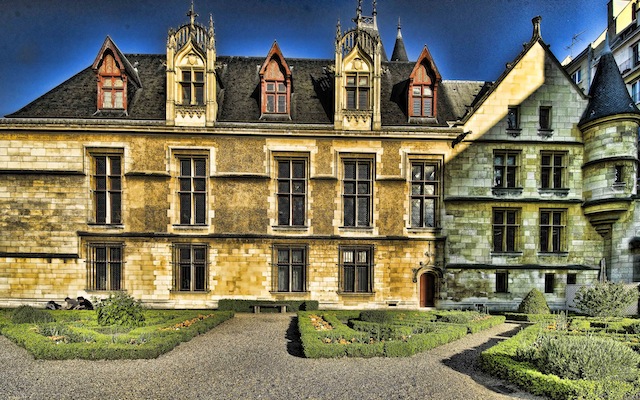 L'Hôtel de Sens, in the Marais
L'Hôtel de Sens, in the Marais
QUEEN MARGOT
The French call me Chère Margot.
The doors of L'Hôtel de Sens
had grown too narrow
by the time they released me from prison.
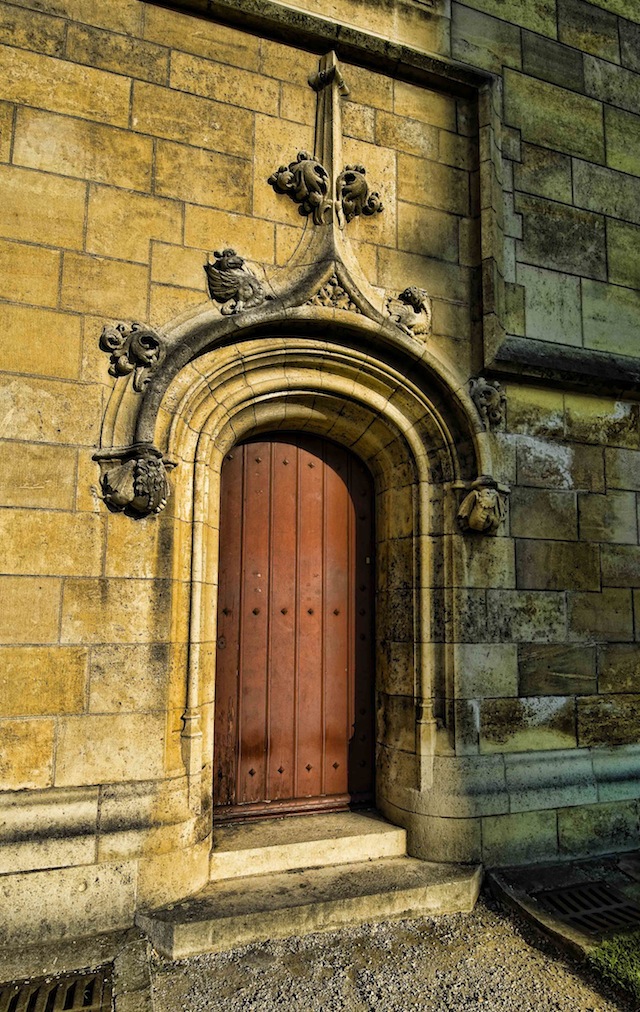 Doorway, L'Hôtel de Sens
Doorway, L'Hôtel de Sens
At 52, I’d grown stout
and bald, though it hardly mattered,
the declining power of skin balanced
by shapelier soul.
I had blond wigs fashioned
from the locks of my valets’ hair,
had the doors of the palace widened.
Though 18 years, it wasn’t so bad at Usson.
The jailer in my bed each night;
by day my memoir
about my lovers,
and prayers to Saint Jacob for release.
I’d never had illusions about
fairness between women and men.
I “knew love” at age 11,
courtesy of my brother,
the very one who incited the king
to imprison me for “insatiable desire,”
my husband, Henri IV—that’s right,
the one with 52 mistresses.
Life was full again. I built
a little chateau,
Henri remarried, left me alone
with my 20-year-old Count—
but then the 18-year-old carpenter’s son
arrived from Usson.
I returned from church one day,
my head full of songs for Saint Jacob,
when the Count shot my carpenter
before my very eyes.
Strangle him with my garters! I cried.
They removed his head. He’s the only dead lover
whose bit of heart is missing from the girdle
strung with lockets round my waist.
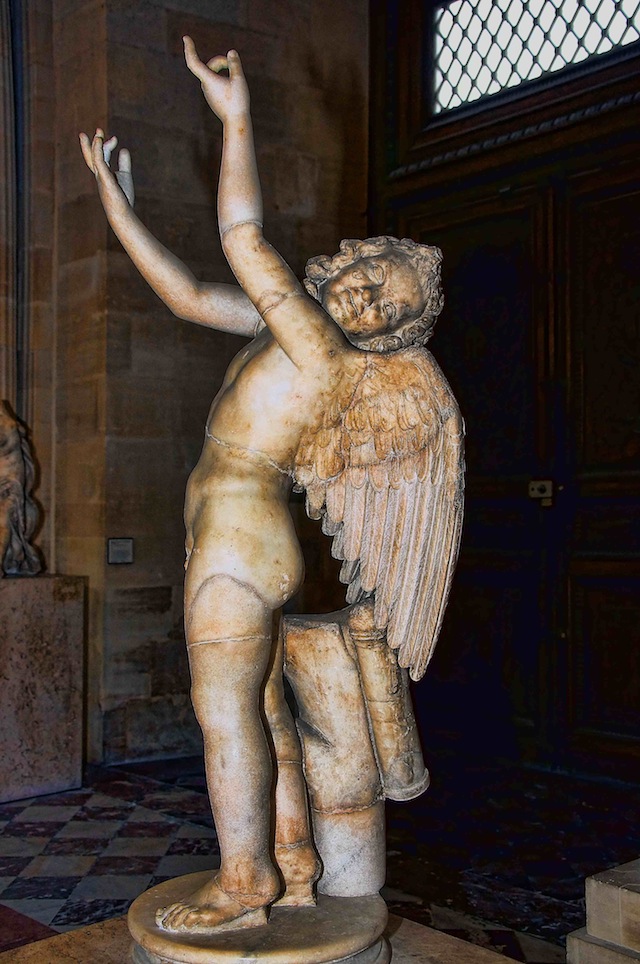
I moved to the chateau, finished
the garden convent I’d promised Jacob,
hired 14 Augustine fathers to sing
his praises round the clock.
I wrote all the lyrics and music myself. Jacob
was the only one who stayed with me to the end.
*
Richard and I began spending time in Paris every spring after our honeymoon here in 1997. We usually stayed in the apartment of friends, an apartment we now own. From here, we often walked across the Pont des Tournelles to the Marais. And just as you emerge from the Île St. Louis onto the Right Bank, there was a little chateau that intrigued me. I didn’t know why, but I slowed down and lingered in front of it each time we passed it.
A few years later, I finally stopped to read the plaque in front of it. L'Hôtel de Sens, it said. This was the chateau that Henri had provided for Margot when she was released from prison in Usson. Isn’t that strange? A place has a fascination for you and you later discover its connection to someone you’ve written about.
Even later, I was doing research on family names. My father’s middle name was Farrand. I traced it back to the Auvergne region in southern France, Ferrand, which later became the town of Clermont-Ferrand. In the volcanic mountains close by was the chateau Usson, where Margot spent 18 years writing her memoir. Is it possible that places and historical figures have resonance for us because the thread has come down in our DNA from our own ancestors? I think I read that a Ferrand lived in this castle, but I’m not sure. I’ve been looking for this genealogical information today and cannot find it. It may not be much of a link at all.
But the connection keeps coming up. I’ve just read that my new literary paramour, essayist Michel de Montaigne, was friends with Henri IV and Queen Margot. What an intricate web connects us all to one another, all of us, through all time, through books, imagination, DNA, kindred spirits.
(You can learn more about Queen Margot by reading Alexandre Dumas, pere’s 1845 novel, La Reine Margot, or see the 1994 French film La Reine Margot. And Shakespeare’s comedy, Love’s Labour’s Lost (1594-5) dramatizes an attempt at reconciliation in 1578 between Margaret and Henri. And Margot is played by Constance Talmadge in D. W. Griffiths’ 1916 film, Intolerance.
But you'll have to wait until 2012 to read Margo Berdeshevsky's Vagrant.)


